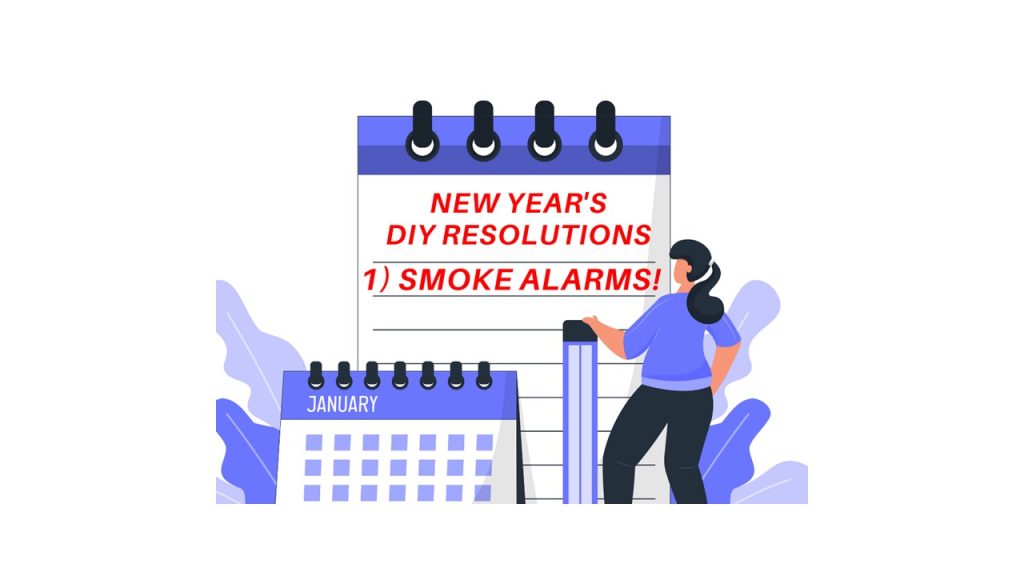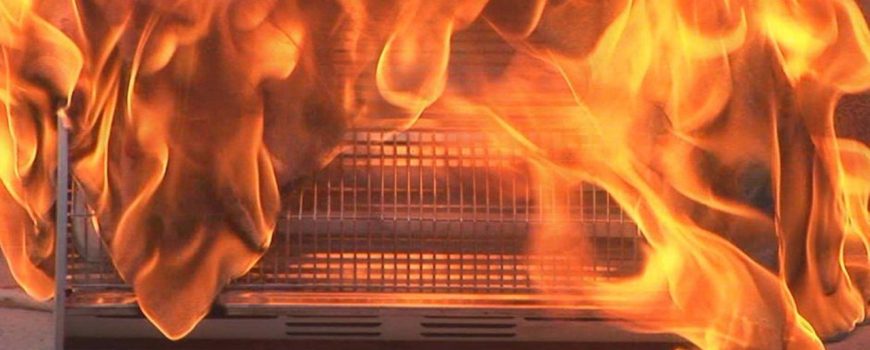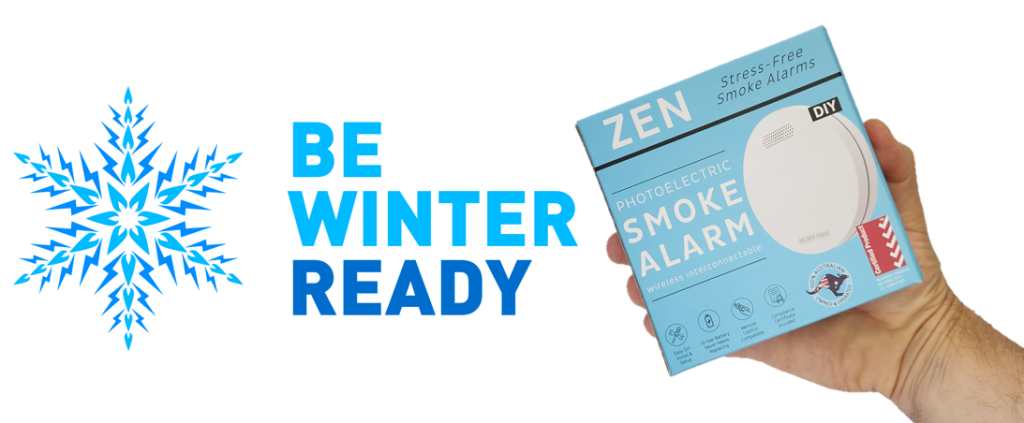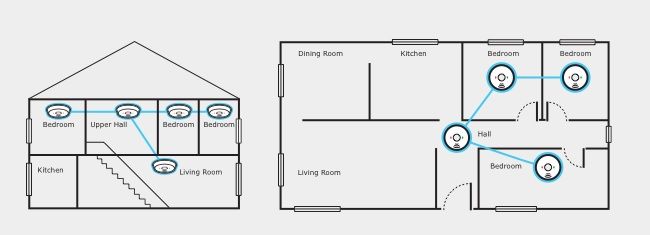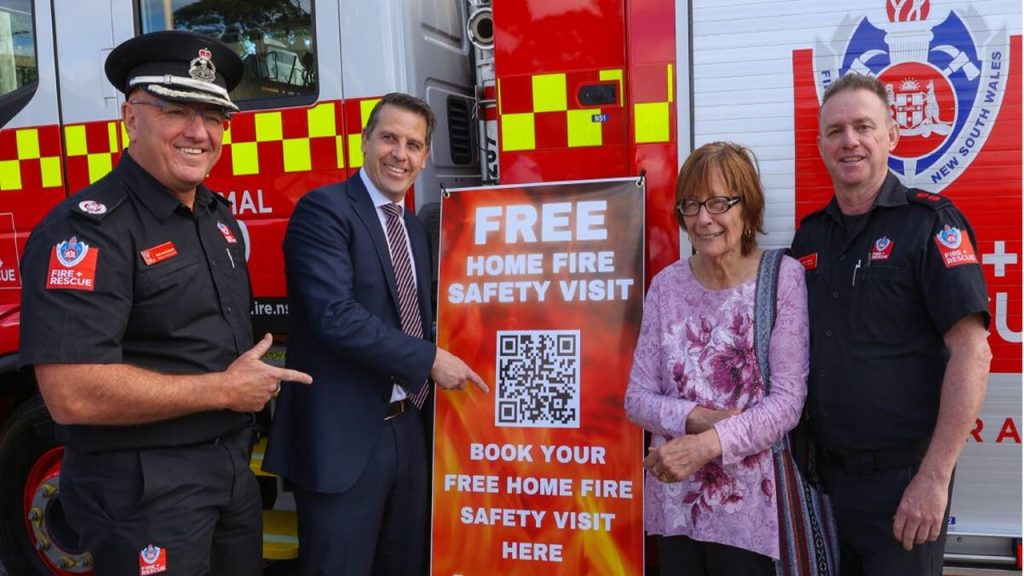The rising costs of essentials like housing, food, and soaring utility bills have forced many individuals and families in Queensland (QLD) to make difficult financial choices. Unfortunately, these financial pressures often lead to compromises on crucial safety measures, such as installing and maintaining interconnected smoke detectors—a vital defence against devastating house fires.
Cost Of Living vs Household Fire Safety
One of the primary casualties of increased living expenses is the ability to invest in quality home maintenance and fire safety equipment. As household budgets tighten, many people opt for cheaper alternatives or delay essential repairs, inadvertently increasing the risk of fire hazards. Overloaded electrical circuits, aging appliances, and neglected wiring become ticking time bombs in homes where financial constraints take precedence over safety concerns.
These issues are particularly alarming given that house fires can escalate rapidly. Without properly functioning interconnected smoke detectors, residents may not receive adequate warning, reducing their chances of a safe escape. Investing in quality fire safety measures today could mean the difference between life and death in an emergency.
Interconnected Smoke Detectors And The Cost Of Living
The pressure to cut corners extends beyond household repairs—it also affects the choices people make when purchasing fire safety equipment. Some may opt for outdated, poor-quality interconnected smoke detectors that may malfunction or fail to provide adequate warning in the event of a fire. Studies have shown a direct correlation between subpar fire safety equipment and increased property damage and casualties during house fires.
Why Quality Interconnected Smoke Detectors Matter
Unlike conventional standalone smoke alarms, interconnected smoke detectors communicate with each other wirelessly. When one alarm detects smoke, all alarms in the network activate, providing a quicker and more comprehensive warning system. This feature is especially crucial in larger homes where fires can start in areas that may not be immediately noticeable.
Unfortunately, not all interconnected smoke detectors on the market meet Australian safety standards. Some cheaper models, often found on online marketplaces, may claim compliance but lack the rigorous testing and certification required under Australian Standard 3786:2014. Homeowners should always check for proper certifications before purchasing a smoke alarm to ensure their safety and legal compliance.
ZEN Smoke Alarms: High-Quality Protection
Without the High Cost
At ZEN Smoke Alarms, we understand that cost is a major concern for families, especially in today’s economic climate. That’s why we offer high-quality, fully compliant interconnected smoke detectors that provide long-term savings and peace of mind.
Why Choose ZEN Interconnected Smoke Detectors?
- 10-Year Lithium Battery: Unlike conventional 9V battery-powered alarms that require frequent battery replacements, ZEN interconnected smoke detectors come with a built-in, non-removable 10-year lithium battery. This eliminates ongoing battery replacement costs, saving homeowners money over the product’s lifespan.
- Free Remote Control: Every ZEN smoke alarm bundle includes a free smoke alarm remote control (RRP $34.95), allowing easy testing, silencing of false alarms, and battery status checks.
- Free Australia-Wide Shipping: We offer free shipping on all bundle packs, adding even more value to your purchase.
- Wireless Interconnectivity: Our alarms communicate with each other wirelessly, ensuring comprehensive fire protection without the need for an electrician or additional installation costs.
By investing in ZEN interconnected smoke detectors, homeowners not only comply with QLD’s strict smoke alarm legislation but also ensure their families are protected without unnecessary financial strain.
Free Fire Brigade Safety Initiatives
For those struggling with the cost of home fire safety improvements, free government fire safety programs can help. The QLD Fire Department’s Safehome initiative is a free service aimed at creating a safer Queensland community. Firefighters visit QLD homes at no cost, advising on proper interconnected smoke detector placement and other fire safety concerns.
Similarly, NSW Fire and Rescue provides a free service where firefighters check that smoke alarms are in working condition and installed correctly. These initiatives can be an invaluable resource for families looking to enhance their fire safety without additional costs. Contact the QLD Fire Department or NSW Fire and Rescue for more information and to book a home safety visit.
Expert Insights on Cost of Living and Fire Safety
A recent article published in The Courier Mail featured University of Wollongong fire expert Dr. Owen Price, who highlighted the impact of rising living costs on home fire risk.
“A lot of people realise they are at risk, but they often don’t do anything about it, and when cost of living comes in, it’s often lowest on people’s priorities,” Dr. Price stated.
He also pointed out that financially strained families are more likely to live in older, cheaper housing, which is often more vulnerable to fires due to aging electrical systems and outdated construction materials.
These insights emphasize the importance of prioritizing fire safety, even when budgets are tight. Investing in reliable interconnected smoke detectors is a cost-effective way to protect your home and loved ones, reducing the risk of loss due to fire.
The Mental Toll of Financial Strain
and Its Impact on Fire Safety
Financial stress doesn’t just affect a family’s ability to invest in fire safety—it also impacts mental well-being. Anxiety and fatigue, common among those facing financial difficulties, can contribute to forgetfulness, neglect, and a diminished ability to respond promptly in emergencies.
This mental burden may lead to lapses in routine fire safety practices, such as forgetting to test interconnected smoke detectors, delaying battery replacements, or ignoring early warning signs of electrical faults. By proactively investing in long-lasting, maintenance-free smoke alarms, homeowners can reduce the likelihood of fire risks caused by human error or oversight.
Cost Of Living Crisis And Fire Safety – Summary
The financial choices people make during times of economic hardship can inadvertently compromise their safety. House fires escalate quickly, and inadequate fire protection measures only worsen the situation. Investing in high-quality interconnected smoke detectors is one of the most effective ways to safeguard your home, even amidst financial challenges.
At ZEN Smoke Alarms, we believe that safety should never be compromised due to cost. Our fully compliant, long-lasting smoke alarms provide affordable, high-quality fire protection without the hidden expenses of frequent battery replacements or professional installation.
If you’re looking for reliable interconnected smoke detectors that meet Australian safety standards, look no further than ZEN. Protect your home, your family, and your future—because when it comes to fire safety, cutting corners isn’t worth the risk.
Take Action Today!
- Check your current smoke alarms: Are they compliant with Australian Standard 3786:2014?
- Upgrade to ZEN Interconnected Smoke Detectors: Enjoy 10-year battery life, wireless interconnectivity, and big cost savings.
- Book a Free Fire Safety Check: Contact QLD Fire Department or NSW Fire and Rescue to schedule an assessment.
Prioritize fire safety and ease the cost of living crisis with ZEN Smoke Alarms!
Want to know more? Watch our ZEN Smoke Alarm YouTube channel or call us on 0478 596 402 today
We love talking smoke alarms!
ZEN Interconnected Smoke Alarms
New Farm, QLD, 4005
